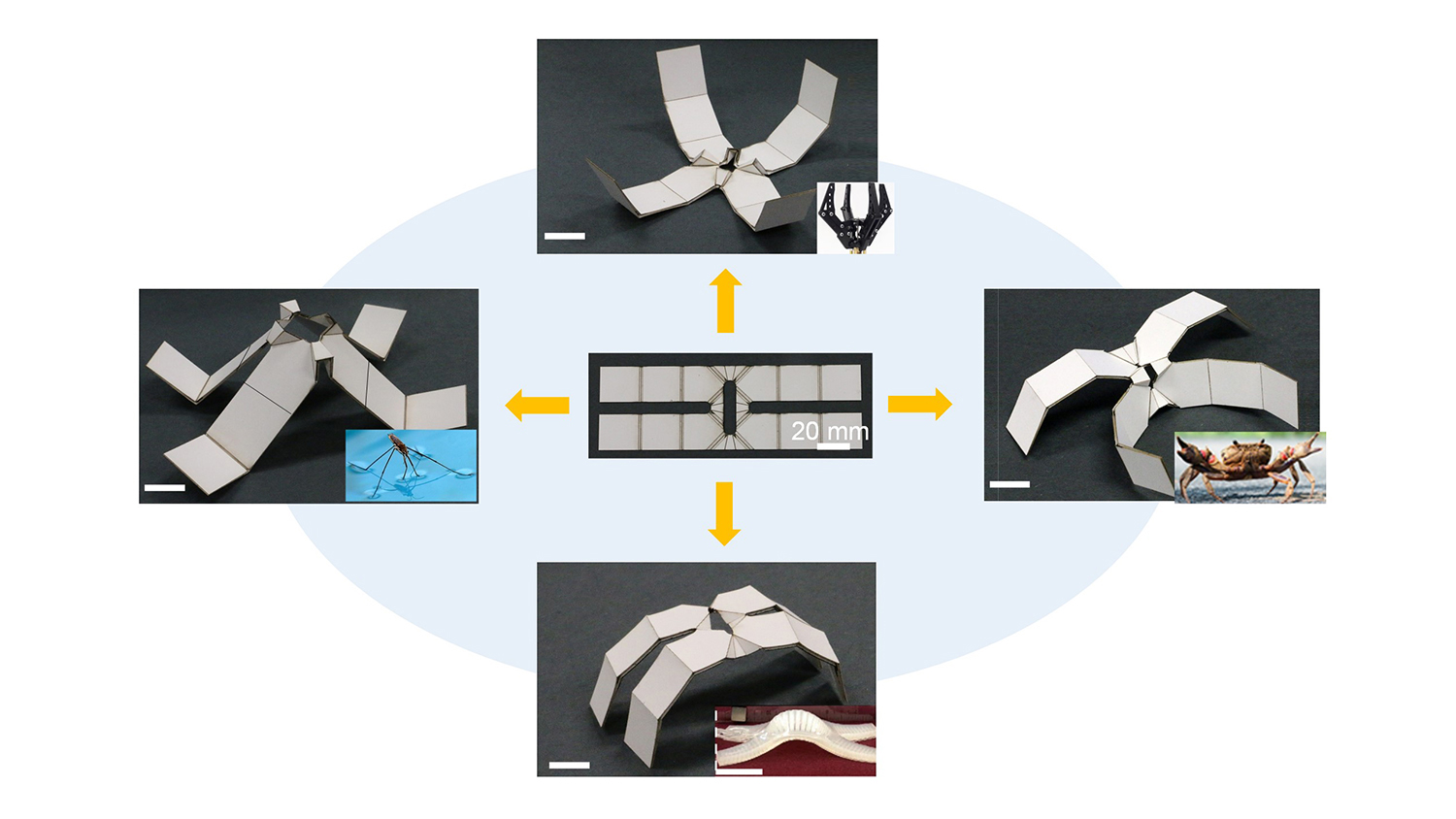
Plagues of locusts, containing millions of insects, fly across the sky to attack crops, but the individual insects do not collide with each other within these massive swarms. Now a team of engineers is creating a low-power collision detector that mimics the locust avoidance response and could help robots, drones and even self-driving cars avoid collisions.
“We are always looking for animals with unusual abilities, ones that do something better than humans,” said Saptarshi Das, assistant professor of engineering science and mechanics...
Read More









Recent Comments